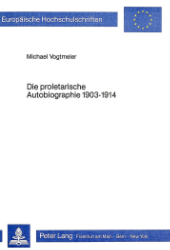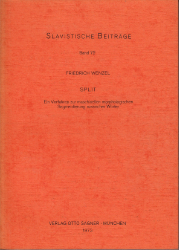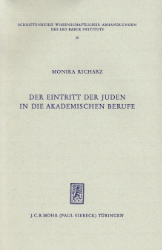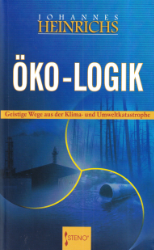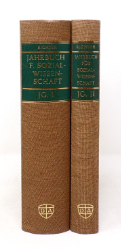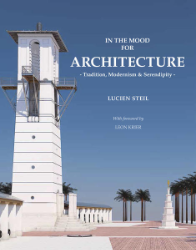
Steil, Lucien: In the Mood for Architecture
Tradition, Modernism & Serendipity. With a Foreword by Léon Krier, an Introduction by Alireza Sagharchi and an Epilogue by Maurice Culot. Léon Krier: "Steil brilliantly combines project and critique, convincingly demonstrating that criticism without vision is but an impotent surrender to the corruption it denounces." - This book seeks to intervene in the polemics between tradition and modernity, and between modernism and classicism, mediating between entrenched positions with a theoretical sketch, or perhaps a meditative fragment, that evokes a contemporary architecture not afraid to acknowledge both tradition and modernity, that embraces newness and originality but also recognizes the role of imitation and convention. Lucien Steil believes that traditional cities and architecture have always represented the ideals of harmony and beauty in a destabilized and disrupted world. For him, traditional cities and architecture have remained desirable models of cultural identity, homeliness, urbanity and civilization, and he maintains that the traditional city remains a good and desirable place to live, and that tradition offers a home to modernity and originality. It has proven to be perfectly compatible with modern life, despite an array of pressing challenges that must be considered as opportunities rather than limitations. For Steil, "this is both a tangible reality, time-tested and perfected, and a realistic, buildable, operational and necessary project for contemporary civilization". Rather than becoming obsolete, the traditional city has gained a new actuality as a remedy to the inconvenient truths of global warming and climate change. Traditional architecture and urbanism have the inherent sustainability to confront the greatest challenges of the 21st century, demonstrating not only great resilience but also the highest standards of modernity and originality in their acceptance of perpetual becoming. Steil maintains that contemporary traditional architects and urbanists provide a counterbalance to an opportunistic architectural and planning establishment that clings nostalgically to past paradigms of Modernism, and has abandoned its social and cultural mission to build a better and more harmonious world. For him, they are poets, idealists, craftsmen and artists who invent, design and build places and buildings of lasting quality with a view to the "Firmitas", "Utilitas" and "Venustas" championed by Vitruvius, allowing people of our time to live in comfort, security, harmony, enlightenment and pleasure. 278 Seiten mit 220 Farbabb., Großformat 24 x 30 cm, gebunden (Wasmuth Verlag 2018) leichte Lagerspuren/minor shelfwear

